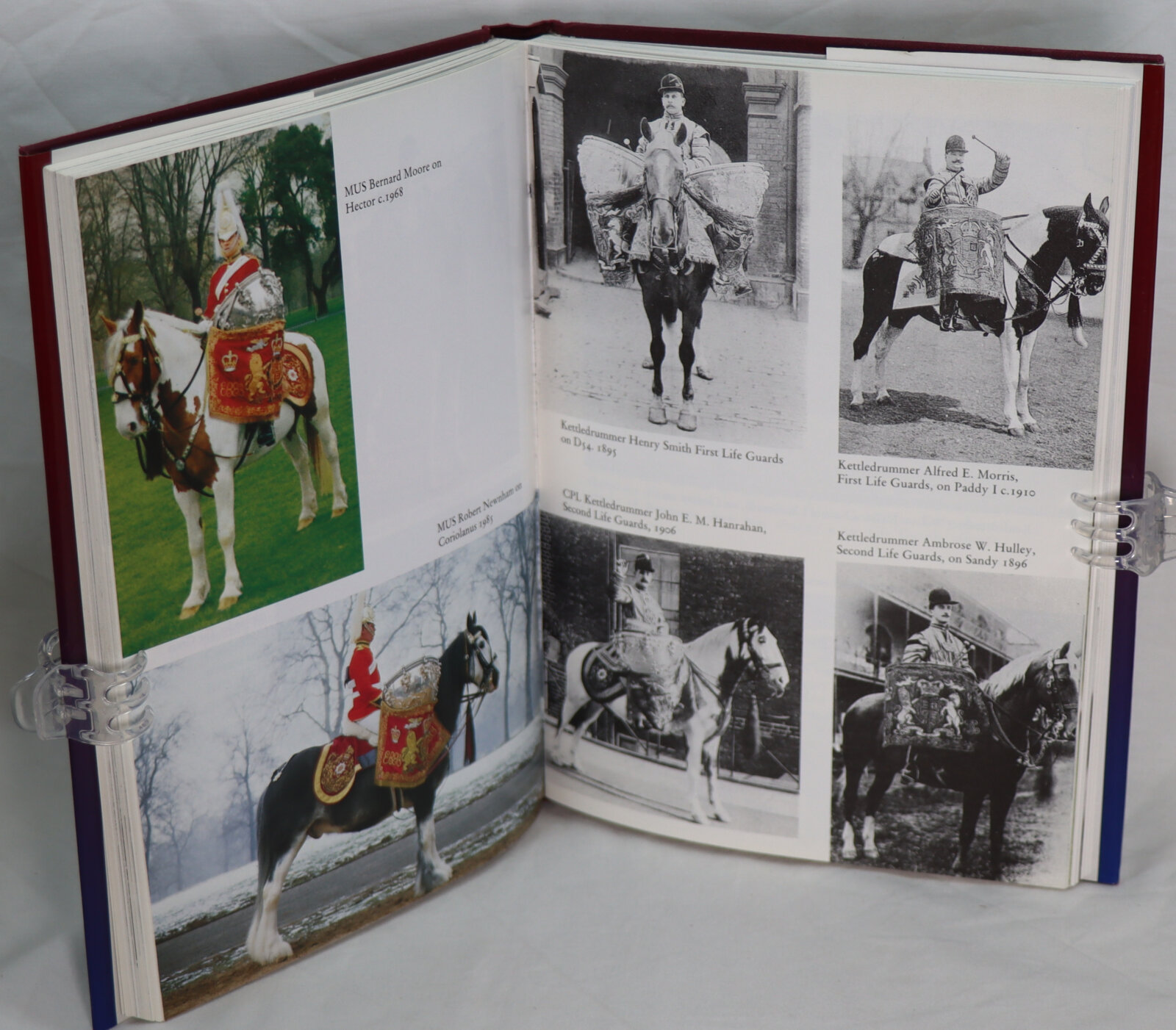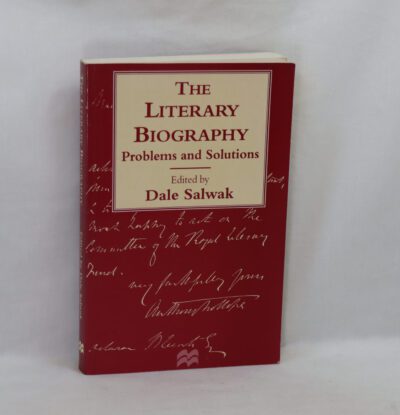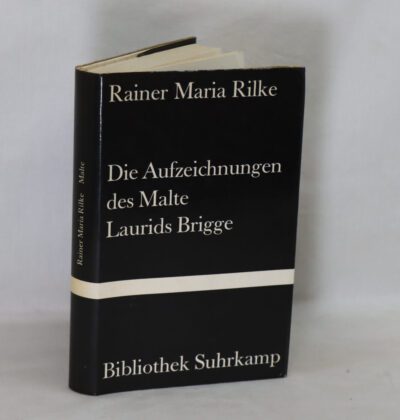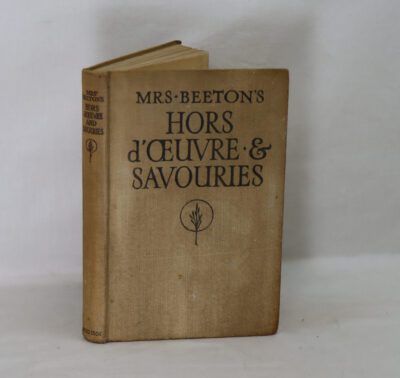Music in State Clothing.
By G R Lawn
ISBN: 9780850524543
Printed: 1995
Publisher: Leo Cooper. London
| Dimensions | 18 × 24 × 3 cm |
|---|---|
| Language |
Language: English
Size (cminches): 18 x 24 x 3
Condition: Fine (See explanation of ratings)
Item information
Description
In the original dustsheet. Black cloth binding with gilt title on the spine.
-
F.B.A. provides an in-depth photographic presentation of this item to stimulate your feeling and touch. More traditional book descriptions are immediately available.
Leo Cooper, 1995. First edition hardback, 19995, with un-clipped jacket. In overall fine condition. Binding tight and appears almost unopened; no annotations or inscriptions – text and illustrations bright and clear throughout.
In the 15th century, timpani were used with trumpets as ceremonial instruments in the cavalry.
The first recorded use of early Tympanum was in “ancient times when it is known that they were used in religious ceremonies by Hebrews.” The Moon of Pejeng, also known as the Pejeng Moon, in Bali, the largest single-cast bronze kettle drum in the world, is more than two thousand years old. The Moon of Pejeng is “the largest known relic from Southeast Asia’s Bronze Age period.” The drum is in the Pura Penataran Sasih temple.”
A naqareh from Rajasthan, India
In 1188, Cambro-Norman chronicler Gerald of Wales wrote, “Ireland uses and delights in two instruments only, the harp namely, and the tympanum.”
Arabian nakers, the direct ancestors of most timpani, were brought to 13th-century Continental Europe by Crusaders and Saracens. These drums, which were small (with a diameter of about 8 to 8 + 1⁄2 inches (20–22 cm)) and mounted to the player’s belt, were used primarily for military ceremonies. This form of timpani remained in use until the 16th century. In 1457, a Hungarian legation sent by King Ladislaus V carried a large timpani mounted on horseback to the court of King Charles VII in France. This variety of timpani had been used in the Middle East since the 12th century. These drums evolved together with trumpets to be the primary instruments of the cavalry. This practice continues to this day in sections of the British Army, and timpani continued to be paired with trumpets when they entered the classical orchestra.
The medieval European timpani were typically put together by hand in the southern region of France. Some drums were tightened together by horses tugging from each side of the drum by the bolts. Over the next two centuries, a number of technical improvements were made to the timpani. Originally, the head was nailed directly to the shell of the drum. In the 15th century, heads began to be attached and tensioned by a counterhoop tied directly to the shell. In the early 16th century, the bindings were replaced by screws. This allowed timpani to become tunable instruments of definite pitch. The Industrial Revolution enabled the introduction of new construction techniques and materials, in particular machine and pedal tuning mechanisms. Plastic heads were introduced in the mid-20th century, led by Remo.
Want to know more about this item?
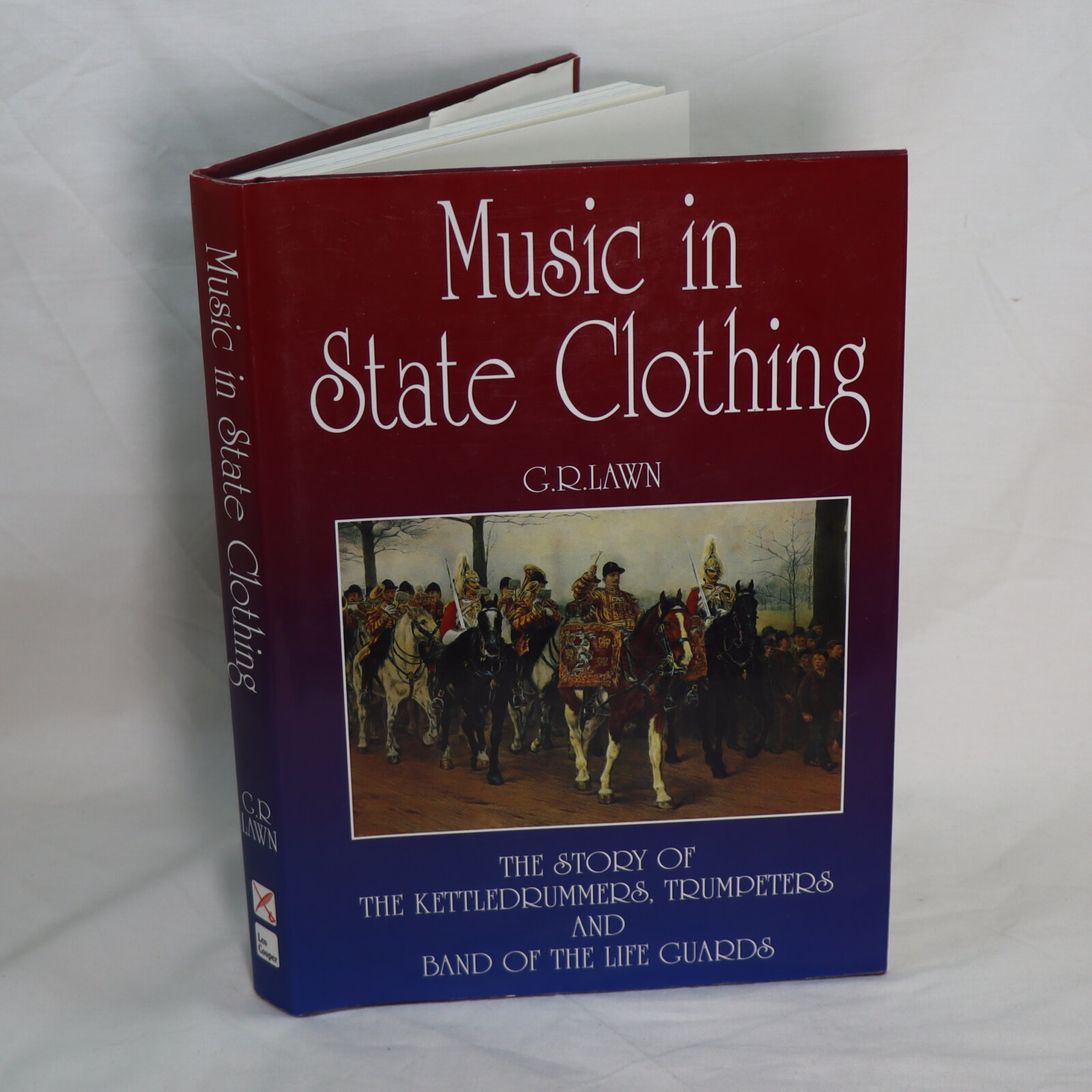
Related products
Share this Page with a friend


